Puppy Biting? Learn Bite Inhibition Training!
Everybody loves PUPPIES!!! Getting a puppy is one of the most rewarding experiences you can have. And you know what else that means? Puppy biting. Desperate calls come in all the time about this one thing, and the solutions may surprise you. Puppy biting is easily in the top five things I get asked about. Usually, people reach out and ask, “How do I stop puppy biting.”
Here’s the thing: you don’t want to stop puppy biting. I know It’s frustrating! But people misunderstand what it’s all about and come at the problem all wrong. Most of what you see on the internet or have people tell you completely misses the point. Let’s start with…
WHY PUPPIES BITE
Play biting and simulated fighting are among the most important developmental pieces puppies do. The only things puppies do more than bite are poop, pee, and sleep. That tells us that it’s important. There is a reason why Mother Nature has programmed them to do it so much.
Puppies play bite because they must receive feedback for their bite pressure so they can acquire the skill of monitoring and adjusting the force of their jaws. That process is what develops Acquired Bite Inhibition or ABI. Good ABI is what makes a safe dog in adulthood.
This can only be done in the early stages before it’s locked in forever. There are presently no methods to alter this after adolescence. Thus, play biting for puppies is not only natural, but it’s also absolutely necessary.
If you were to observe your puppy playing with another puppy, they’d bite that other one during the course of play. Puppies bite so they can receive feedback on the force of that bite. This is why they have such sharp teeth—so they can get a reaction with their relatively weak jaw muscles.
An adult dog that has never adequately developed ABI will not know how to monitor and adjust the force of their jaws when they have big adult teeth and big adult jaw muscles.
Consider this scenario:
A dog is asleep in the family room, and a toddler accidentally steps on it.
- A dog with a good ABI won’t even make contact,
- whereas a dog with a poor ABI may bite that poor kid. Maybe even badly.
In this case, an ounce of prevention is worth a kiloton of cure! SO THE BOTTOM LINE IS: You don’t want to stop puppy biting because then the bite training stops too.
OKAY, SO WHAT DO WE DO ABOUT IT?
First, we focus on intensity before frequency.
In the correct progression, you will see a reduction in intensity before you see a reduction in frequency. This is a training Master Key. Biting will get softer and softer before actual incidents of biting diminish. Force must be trained before frequency. They’re separate variables in the brain, and force has a time limit on it, whereas frequency does not.
Second, provide meaningful feedback.
The first part of that is to socialize your puppy. Dogs do the work of feedback 50x faster and better than we do. Get your puppy to off-leash puppy classes or play groups as soon as possible. You can do this after the 2nd round of shots. You can also have other puppies over to play—lots of them. A good puppy class or series of play dates will make a tremendous difference in your puppy, not just with the biting. The second part of your feedback game is that your puppy has to believe that humans are super sensitive. Every time they bite you, you cry out. Don’t cry out like a puppy, and don’t try to yip like a puppy. You’re not a dog. You’re not fooling anyone. You are a grown adult. Act like it hurts (which it probably does). Loudly say, “OUCH! That hurt!”
Here Is The Secret To Making That Work:
The internet tells you to cry out but never fills in the rest of the strategy. First, DO NOT jerk your hand (or whatever body part) away. Quick movement is stimulating, and that triggers chase drive. They’ll just go harder for it. Instead, leave it there. Your puppy needs to be the one to back off.
Second, if you say “OUCH!” loud enough and sharp enough, your puppy should buck their head back. IMMEDIATELY start praising and allow them to reengage. If they’re softer, tell them, “Good puppy!” If not, keep up the feedback. Ramp it up a little with tone and volume without making it scary.
This commentary needs to be both binary (right and wrong) and constant. One or two times ain’t gonna do it. It takes weeks to do right. It’s progression, and we JUST talked about progressions in the last post! And remember, you’re not trying to stop biting with this strategy; you want to see it getting softer and softer over time. Also, make sure to cry out even if they grab your clothing or hair. Your puppy doesn’t know the difference between these and skin and should eventually be gentle with both!
BAIL OUT IF IT’S TOO MUCH
If, however, during a session, your puppy is too jazzed up and is not responding to the work, then leave. Simple as that. Don’t put the puppy somewhere else for a timeout; that’s non-instructive, and it’s not fast enough. YOU be the one to get up and leave.
This is how puppies do it with each other: a hard bite produces a yelp, and play stops momentarily. Well, nobody wants that, so they learn to monitor and adjust. If you, the playmate of the moment, get up and leave unceremoniously, that’s a big thing to a puppy. Come back in 30 to 60 seconds and try playing again.
This is precisely one of the reasons we don’t let our puppies have free reign of the house yet. They exist in gated rooms for a while and earn more space over time. In the meantime, you have to be able to get away when the puppy is too intense.
You also can’t keep labeling play-biting as “bad behavior.” It’s not. It’s inconvenient for us humans, but we don’t call it “bad behavior” when a baby poops its pants or cries at night…you know this is part of what you signed up for, inconvenient as it is.
Puppy biting is natural and necessary. Don’t waste the opportunity you’ve been given to create a safe adult dog. Do not scold. Scolding for doing something mother nature has hard-wired them to do is just unproductive and mean. They won’t learn from it. You’ll increase stress which, for a puppy, can have long-lasting effects. You also won’t get any meaningful Bite Inhibition training by scolding.
CLIMB THE LADDER
As you work, you should be seeing the ABI progression. You’ll notice your puppy’s biting getting softer and softer over the weeks. If you’ve given consistent, timely, and appropriate feedback, the play-biting will eventually just be soft mouthing. At this point, it is appropriate to start addressing the frequency of incidents. We can begin addressing the number of incidents because we’ve cultivated a dog that thinks differently about how they use their mouth.
You should ideally have been integrating obedience training into your puppy work all along the way anyways, so it’s a simple matter to use incompatible behaviors to stop the mouthing. By now, the mouthing behavior is more about controlling the environment than it is about trying to elicit feedback. So now you can focus on polite behaviors, redirecting, building impulse control, engaging them in interactive and instructive play, and simply continuing to give good, representative feedback on behavior.
Chew toys for quiet time come back into play here. If you’re a follower of ours, you know that we have preached the gospel of creating a chew toy-addicted dog. Settling down with a toy is emotionally satisfying and teaches them to learn to occupy themselves. Gentle tug for playful opposition and energy expenditure is also one of our favorite teaching tools; this provides an opportunity to build manners, impulse control, and more motivating reward structures.
Also, make sure you’re using good food handling to short-circuit nipping. Take a look at our Power Tip #2 post for more info.
MYTHBUSTING
There are a lot of solutions offered by articles on the internet and well-meaning friends and family. Most of these are total rubbish. Let’s dissect these.
Using “Leave It” or “Drop It”
These prevent any opportunity to learn Bite Inhibition because they’re not providing the right kind of feedback. These are important to learn on the side but useless for play biting. Use these for mouthing after they’ve mastered their Bite Inhibition.
Shouting, “No Bite!”
This only works if they’ve had specific lessons on the meaning of that phrase, away from the situation they’re biting in. It also stops the bite training altogether so it’s no use for us at all.
Tapping them on the nose
This is great if you want to teach your dog that you’re a bully. Also great for creating a head-shy dog. However, it does nothing for Bite Inhibition. Actually, you’ll probably get some relief from the biting, though, because the puppy will just learn to stop interacting with you.
Sticking your thumb in their mouth and smashing their tongue against their teeth.
This makes no training sense whatsoever. It’s abuse. Don’t do this garbage.
Using a Squirt bottle
Do we squirt babies in the face when they do something we find annoying?
Using a muzzle
This prevents ALL mouth interaction and pretty much guarantees a hard biter as an adult. Also, it means no eating, drinking, playing with toys, or anything else related to just being a puppy. It’s lazy and irresponsible.
Redirecting to a chew toy
Puppies aren’t trying to relieve teething pains when they play bite. As you’ve learned, they bite to learn ABI. You might get a temporary respite, but it’ll be short-lived, and you missed a teachable moment. Chew toys are awesome, but they’re for chewing during quiet times. Chewing is relaxing, and it does relieve teething discomfort. But play biting serves a whole other purpose; don’t waste the opportunity!
AGE LIMITS
By about 18 weeks, the brain chemistry starts changing, and your window for learning Acquired Bite Inhibition will start closing. DON’T WAIT! By six months, it will be pretty much closed, and the strategies we talked about won’t work anymore. If you have an 8 or 9-month-old dog jumping up and grabbing your arms or sleeves, and you haven’t done that work already, you’re going to be in a pickle. You’ll need different methods to fix that because off-leash classes, crying out, or walking away won’t work anymore. Now you can really ONLY focus on frequency, and the force of biting is what it is. Contact a qualified trainer or behaviorist to help you out!
GO FORTH AND PLAY!
All right, everyone, I hope this has helped you learn more about your puppy’s instincts and how to deal with them constructively.
Now, questions for you: what other mouthy conundrums are you running into, and how has this video helped you redesign your puppy plan? Let’s connect in the comments.
We have a free PDF outline of the puppy-biting strategies discussed in this post. Grab it: Puppy Biting
As always, keep learning, keep practicing, and we’ll see you again soon. Thanks for looking!


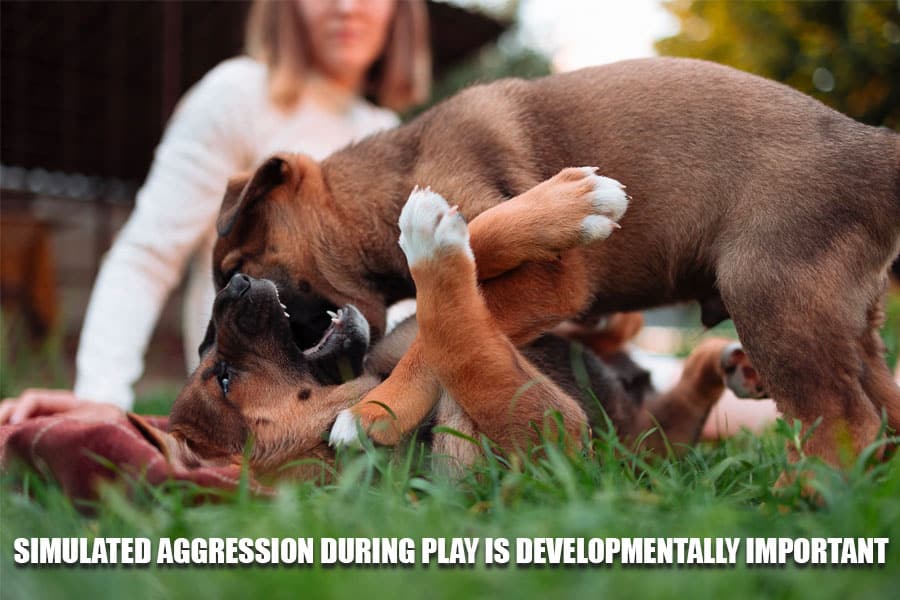
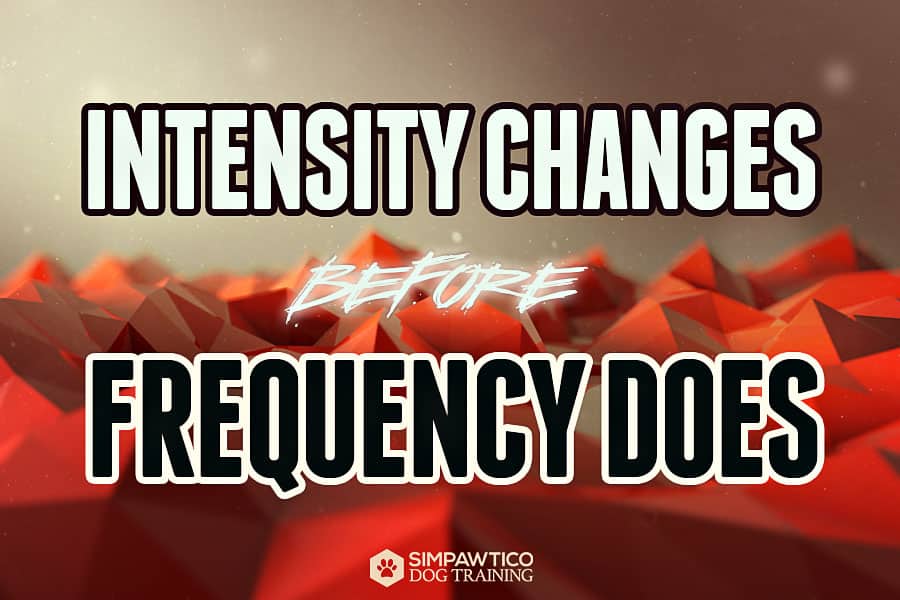
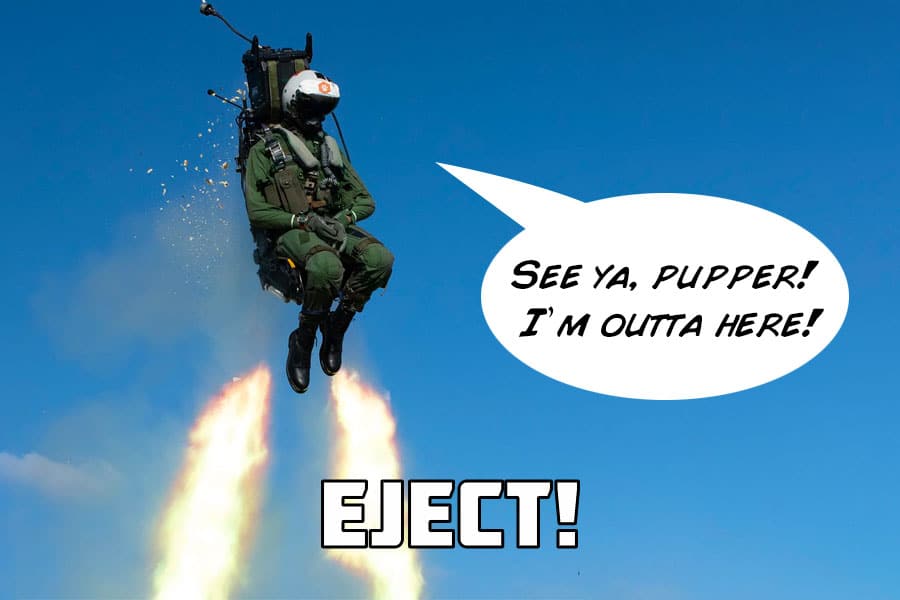
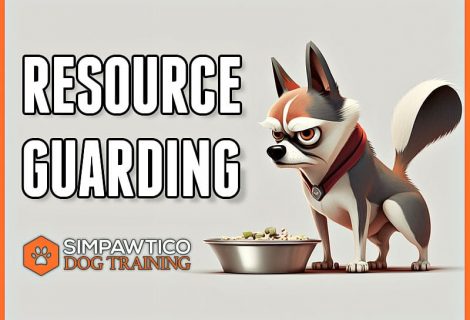
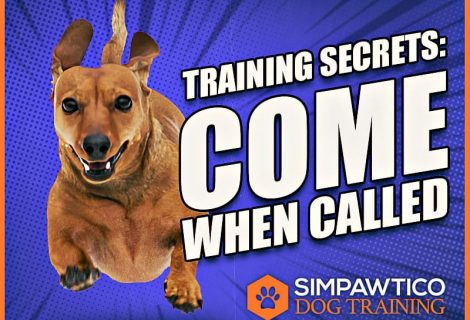
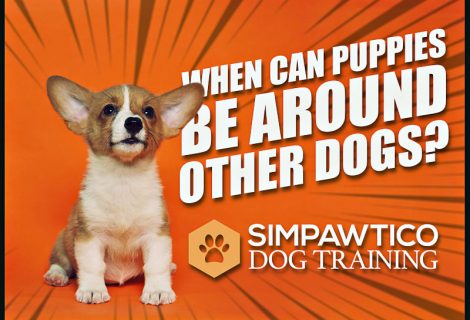

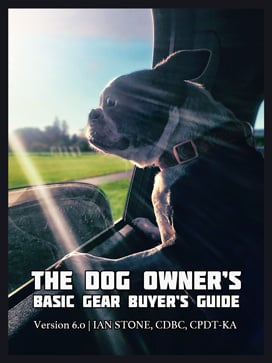
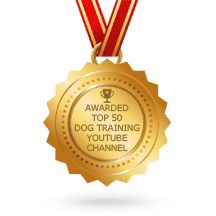

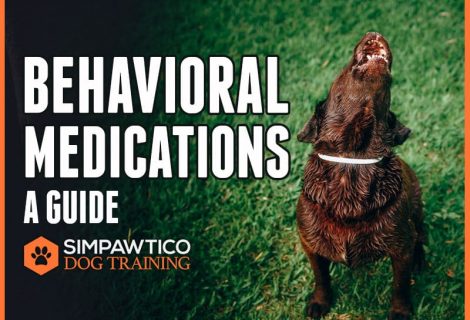
This was very helpful. Our new Collie puppy has bonded strongly to me and thus I am her puppy playmate and personal chew toy. I tried redirecting with toys but it just got worse. I tried verbal ouch and much better and now she is more gentle with the bites and mouthing. Thank you for the education and strategy to raise a great dog.
Thank you for biting tips. My 3 mos old maltipoo has learned not to play bite and if he does it’s very gentle. I have scars on my arm from when I first got him and didn’t know what to do. Thank you again.
Our new corgi pup also loves to inhale grass, wood chips, bugs and especially rotten leaves. And completely un-shakeable from this activity. So you’re not alone, Karen 🙂
Unfortunately, our corgomancer doesn’t really seem to respond to the Ouch. Sometimes he starts biting even harder or more enthusiastically. Are we not saying it loudly enough? We don’t want to scare him. He’s broken skin a few times or started worrying (biting in, getting a grip and shaking head back and forth).
Also, we try to leave him quickly when possible, but if we’re out in the backyard on leash, there’s nowhere for us to go. We take him back inside sometimes if it gets too much, but as you say, then he’s confused. Suggestions?
This bite training is working beautifully for us. Great video! Meanwhile, my 10 week old puppy eats anything and everything on the floor or ground. He also eats grass, dirt, mulch, and bugs outside. How do I distract him from this? He’s quick and unusually focused on this constant vacuuming.